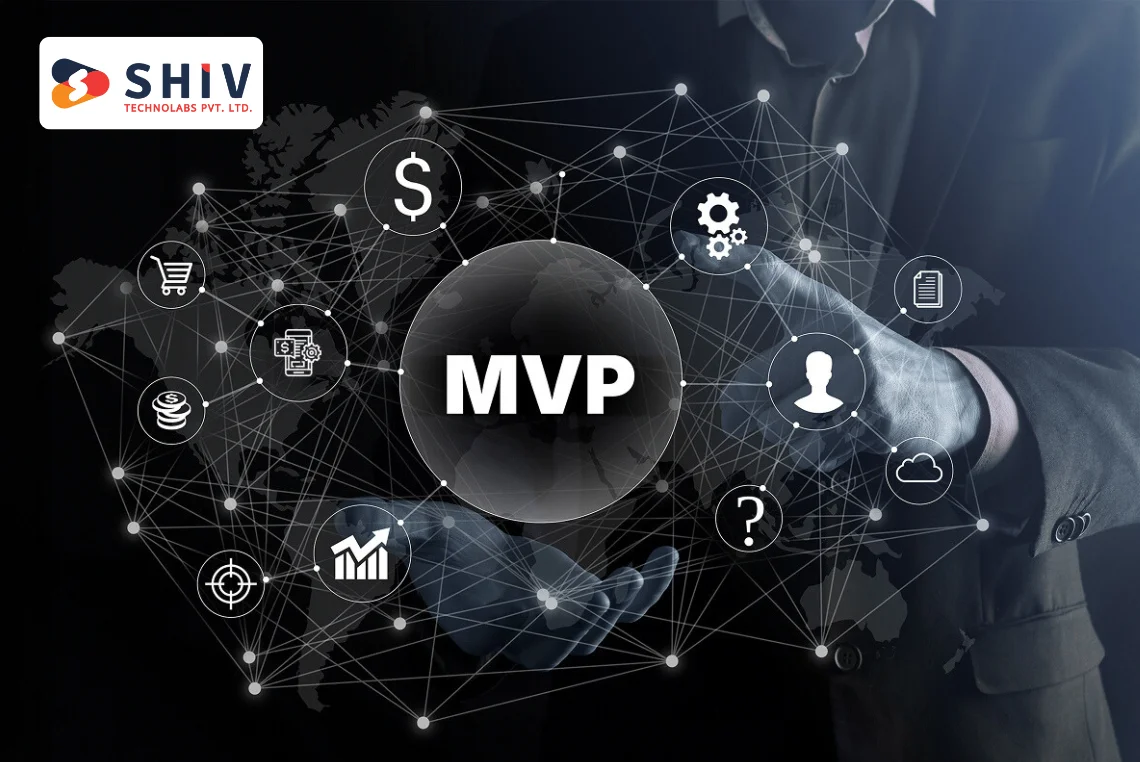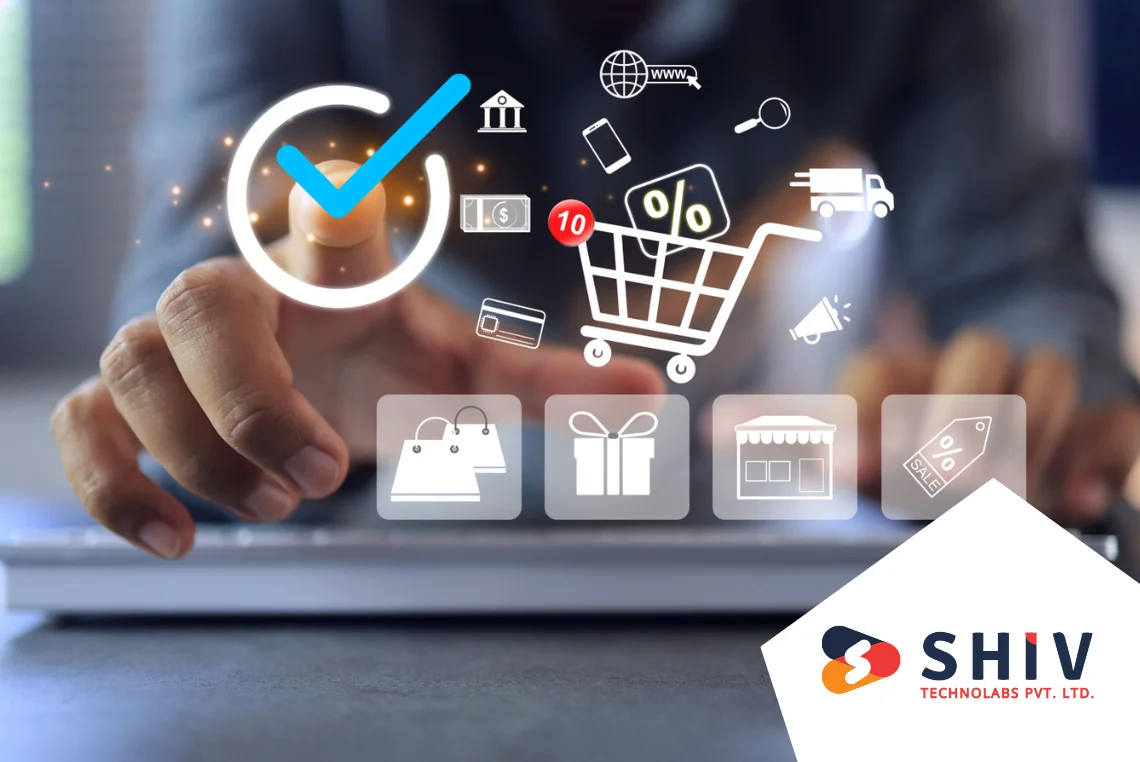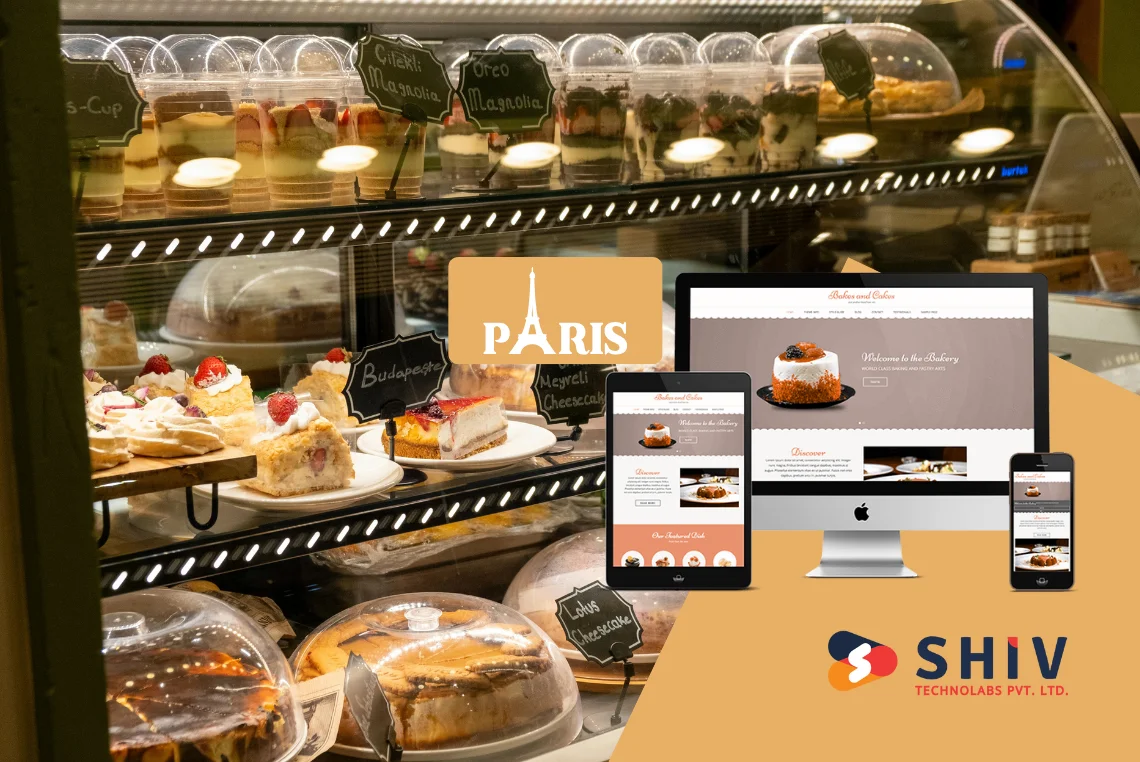Table of Contents
You’ve launched your MVP. It’s live, users have started testing it, and feedback is coming in. That early version gave you enough traction to prove your idea works. But building a successful digital product doesn’t stop there.
Many startups stall after MVP because the next steps aren’t always clear. If you don’t act fast, momentum fades. That’s why what you do next matters more than what you just built.
Why Most MVPs Don’t Turn Into Full Products?

Most MVPs never grow into full-scale products — not because the idea was bad, but because the execution stopped too soon.
Here’s what usually happens:
- Founders skip post-launch planning and delay decisions
- Teams start building random features without user data
- Feedback isn’t tracked or used in product decisions
- Scaling begins before product-market fit is clear
Without direction, development becomes expensive and scattered. Your team works hard but sees little progress. If the MVP doesn’t improve quickly, users churn, and retention drops.
How to Make It Work?
You can avoid this drop-off by following a clear, user-driven process after the MVP launch.
Start by doing three things:
- Set product goals for the next 90 days — Focus on activation, retention, or conversion.
- Prioritize feedback sources — Sort user comments, bug reports, and feature requests in a shared dashboard.
- Build a simple action plan — Fix the friction points first. Then improve the most-used features. Only after that, add something new.
Don’t fall into the “build more” trap. The right next step isn’t always a new feature. Sometimes, it’s making the current product easier to use.
Once your MVP is live, the goal is not to add random features — it’s to turn early traction into long-term product growth. Here’s what comes after MVP, step by step:

Step 1: Collect Customer Feedback
After launching your MVP, the priority is understanding real user response. This feedback gives direction for what comes next.
Why does it matter?
Most startups struggle beyond MVP because decisions are driven by assumptions, not actual user input. Collecting structured feedback lets you understand:
- What users complain about
- Where do they get stuck
- Which features delight or disappoint
- Whether they’re willing to recommend your product
These insights are the starting point for the next phase in your journey—from MVP toward a more refined, customer‑focused product.
# How to gather meaningful input?
In-app surveys and metrics
- Use CSAT, CES, or NPS score prompts after key actions
- Keep them brief (1–3 questions) and target them to specific flows
# 1:1 interviews or customer development calls
- Speak with early adopters for 30–60 minutes
- Ask open-ended questions: What problems did they face? What’s missing?
- Export responses into a spreadsheet to detect patterns
# Public feedback channels
- Share your MVP on Product Hunt or AppSumo
- Engage via Reddit, Hacker News, or Quora threads relevant to your product
- Gather comments and pain points from early testers
# Turning feedback into action
- Tag comments by theme (e.g., onboarding, performance, missing features)
- Use tools like Typeform, UserVoice, or a simple spreadsheet to aggregate inputs
- Identify high-frequency issues that impact user retention or core functionality
This feedback-first step defines what comes after MVP more clearly. Based on real voices, not assumptions, you can map out where to fix, where to expand, and where to test new ideas.
Step 2: Analyze and Monitor User Behavior
Once feedback is collected, it’s time to back it up with hard data. Observing how users interact with your MVP helps answer one critical question: Are people using it the way you expected?
This is a crucial part of what comes after MVP — transforming scattered insights into product decisions that improve usability, retention, and long-term value.
# Why does this matter?
People don’t always say what they do. Surveys and interviews tell you what users think. Behavior analysis shows you what they do.
Data reveals:
- Which features are ignored
- Where users get stuck
- What drives sign-ups, bounces, or drop-offs
- How often users return, and why
Without this clarity, your next steps may be based on false assumptions.
# What to track?
Focus on core interactions that align with your product’s main purpose.
Here’s a starting checklist:
| Area | What to Track |
|---|---|
| User journey | Drop-off points, rage clicks, time on task |
| Feature usage | Frequency, order of use, skipped modules |
| Device behavior | Mobile vs desktop experience differences |
| Engagement | DAU, MAU, time spent, depth of session |
| Conversion | Funnel steps from sign-up to action |
Each of these helps you shape the product’s strengths and fix weak spots.
# Tools to use
- Hotjar / FullStory: Session replays, heatmaps, and rage click detection
- Mixpanel / Amplitude: Funnels, feature engagement, user cohorts
- Google Analytics 4: Traffic sources, events, device types
- Firebase Analytics: For mobile apps, track screens and custom events
Make sure you set up custom events that match your MVP’s success goals. For example, if your core actions are “create a task” or “invite a team member,” those should be measured daily.
# What to do with the insights
- List the top drop-off points and friction areas
- Identify what users do right before leaving
- Compare the behavior of active vs inactive users
- Build a product improvement backlog based on this data
This behavior analysis helps define what comes after MVP, not by guessing what users want, but by watching them in action.
Step 3: Improve Core Functionality
Once you’ve gathered feedback and reviewed usage data, the next step is to improve the core of your product. This means making the existing features work better before adding anything new.
This step is often overlooked, but it plays a huge role, turning a rough product into something users trust and want to use again.
# Why does this matter?
A buggy or frustrating product experience drives people away, no matter how great your idea is. If users face delays, broken flows, or confusing UI, they won’t return.
Instead of rushing into growth features, slow down and refine what you have already built. Solid core functionality is the base for retention and referrals, both of which matter far more than early sign-ups.
# What to focus on first?
Prioritize tasks that reduce friction and improve user confidence. Start with:
| Issue Type | Examples |
|---|---|
| Bugs | Crashes, form validation failures, API timeouts |
| Speed | Slow-loading screens, lag in data sync |
| UI/UX | Poor layout, small tap zones, unclear buttons |
| Onboarding | Unclear steps, skipped walkthroughs, no empty-state messages |
Fixing these gives your users a smoother experience, which directly impacts how long they stay.
# How to work through improvements?
- Create a product backlog: Group bugs, small improvements, and usability fixes into weekly sprints.
- Set priorities: Fix what affects the highest number of users or touches the most important workflows.
- Test small changes: Don’t assume fixes work — measure whether engagement or completion improves after deploying them.
- Monitor impact: Use tools like Sentry (for errors) and Mixpanel (for engagement) to see if your updates improve real usage.
# Don’t add more yet — just improve
Founders often feel pressure to ship more features right after the MVP. But if the base experience is weak, new features won’t help.
Step 4: Prioritize New Features Based on Evidence
Once your core product is stable, it’s tempting to build big new features. But the next step is to plan additions based on data, not assumptions.
# Start with what users need
Focus on features that support:
- Most-used flows
- Repeated feedback requests
- Clear business goals (e.g., retention, conversion, referrals)
Don’t copy competitors. Build what your users already expect or ask for.
# Create a feature shortlist
Use this simple method:
- Must-have – Blocks user success if missing
- Nice-to-have – Users ask, but not urgent
- Maybe later – Internal ideas, not yet validated
Use votes, support tickets, and analytics to rank each item. If something shows up in all three places, build it first.
# Keep things lean
Add one feature at a time. Test adoption. Check if it improves metrics. Then move to the next.
Step 5: Define Metrics and Measure Progress
You’ve fixed issues and started building new features, but how do you know if it’s working? That’s where clear metrics come in. Tracking the right numbers helps you validate every decision and stay on course.
Measuring progress is a key part of what comes after MVP because it turns your product into a system that can grow on purpose, not by accident.
# Choose your North Star metric
Start by picking one key outcome that defines success. It could be:
- Daily active users (DAU)
- Retention after 7 or 30 days
- Completed tasks or checkouts
- Referrals or invites
This metric keeps your team aligned and focused on value, not vanity.
# Track supporting metrics
Break down that North Star into smaller signals:
- Sign up for the activation rate
- Session duration
- Churn rate
- Feature adoption %
Use these to test whether new updates are improving the experience or adding noise.
# Set up simple reporting
Don’t overcomplicate things. Use dashboards in GA4, Mixpanel, or Amplitude. Review them weekly and share findings with your product team.
Step 6: Shape a Scalable Product Strategy
Once your product is stable, useful, and measured, it’s time to think bigger. You need a plan that supports more users, more features, and long-term reliability.
# Set long-term goals
Decide where your product is headed in the next 6–12 months. These goals could include:
- Hitting a specific revenue milestone
- Expanding to new user segments
- Releasing a major product version
- Improving retention across cohorts
# Build around your best users
Study your most engaged users — the ones who return, refer, and pay. Learn:
- Why they stay
- What do they use the most
- What they wish worked better
Shape your roadmap around their needs — they’re your growth base.
# Prepare to scale infrastructure
If growth picks up, your systems must keep up.
- Move from single-server hosting to cloud-based systems
- Add automated testing and CI/CD pipelines
- Track app performance under load
All of this reduces friction when the user count rises.
Step 7: Plan Monetization or Improve Revenue Model
If your MVP launched without a clear revenue stream or if early pricing feels off, this is the time to fix it.
# Choose a revenue model that fits your product
Test the model that makes the most sense for how users interact with your app. Common options:
- Free with paid upgrade (freemium)
- Monthly/annual subscription
- One-time purchase
- Usage-based pricing (per feature, API call, etc.)
- Pay-per-seat or per-user license
# Run small pricing experiments
- Test free trials with and without a credit card
- Try tiered pricing (Basic, Pro, Team)
- Offer limited-time discounts to early adopters
Watch how each change affects churn, upgrades, and average revenue per user (ARPU).
# Don’t aim for perfect pricing
Pricing evolves. What works at the MVP stage might need revision as your product matures.
This stage of what comes after MVP is about learning what users are willing to pay for and shaping your product around it.
Step 8: Build Internal Tools and Processes for Growth
As your product matures, internal efficiency becomes just as important as user-facing features. Your team needs better tools to manage users, content, feedback, and releases.
# Build what your team needs to move faster
Internal systems reduce manual work and help your team scale without hiring too fast. Start with:
- Admin dashboards — Manage users, payments, reports
- Feedback trackers — Organize feature requests and bug reports
- Release notes and changelogs — Keep updates transparent
- Support tools — Connect chat, email, and help articles
These systems make support and decision-making easier as your user base grows.
# Set up basic processes
Define how your team ships new features, responds to bugs, and tracks product health.
Examples:
- Weekly sprint planning
- Bug triage meetings
- Monthly product reviews
- Feature flag rollouts for safer releases
This final step helps your team work with structure, not chaos.
Final Thoughts
The MVP was your first milestone. The real product journey begins after that. Every phase that follows — from feedback collection to monetization and team workflows — shapes whether your startup grows or fades.
At Shiv Technolabs, we work closely with early-stage founders to build out post-MVP roadmaps, scale core features, and create sustainable platforms.
Our startup development services cover everything from product audits and UI fixes to backend upgrades and growth-focused releases.
If you’re ready to move beyond MVP and build something users will pay for and stick with, we’re here to help.

























